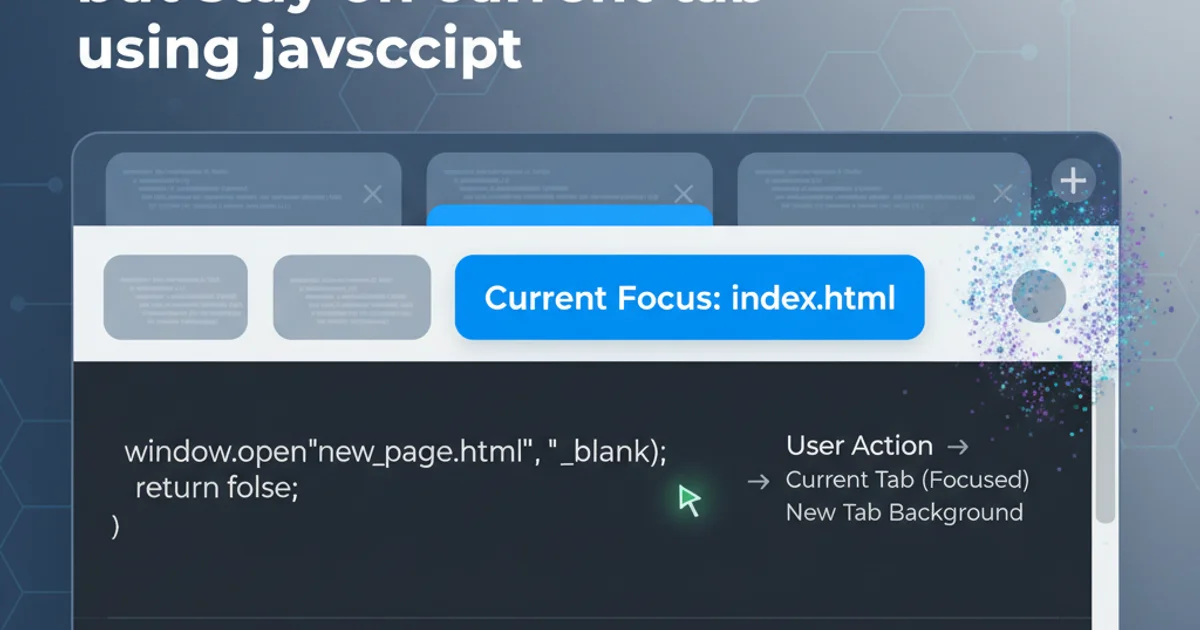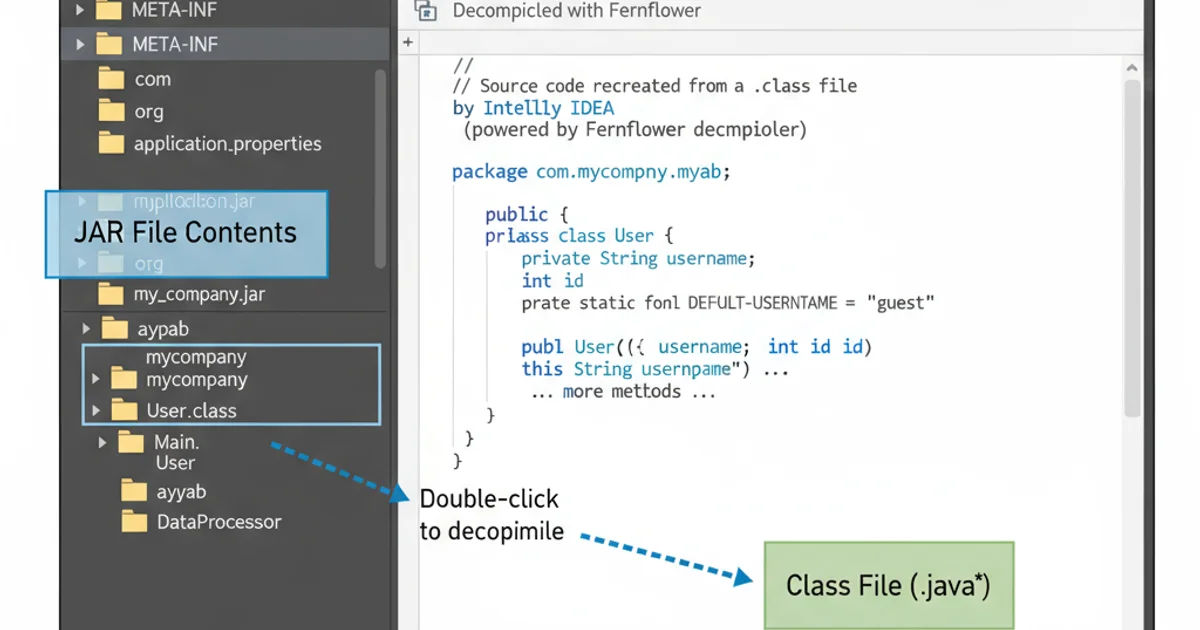Viewing contents of a .jar file
Categories:
Unpacking .jar Files: A Comprehensive Guide to Viewing Their Contents

Learn various methods to inspect the contents of Java Archive (.jar) files, from command-line tools to graphical viewers, and understand their internal structure.
Java Archive (.jar) files are a fundamental part of the Java ecosystem, used for packaging classes, metadata, and resources into a single distributable unit. Whether you're a developer debugging an application, a system administrator verifying dependencies, or just curious about a Java program's internals, knowing how to view the contents of a .jar file is an essential skill. This article will guide you through several methods, ranging from simple command-line utilities to more advanced graphical tools, helping you choose the best approach for your needs.
Understanding the .jar File Structure
Before diving into the tools, it's helpful to understand what a .jar file fundamentally is. A .jar file is essentially a standard ZIP archive with a specific file structure that the Java Virtual Machine (JVM) recognizes. It typically contains:
- Class files (
.class): Compiled Java bytecode. - Resource files: Images, configuration files, properties files, etc.
- META-INF directory: Contains metadata about the archive, most notably
MANIFEST.MF. - MANIFEST.MF: A manifest file that can define the main class, classpath, version information, and other attributes.
flowchart TD
A[JAR File] --> B{ZIP Archive Structure}
B --> C[META-INF/]
B --> D[com/example/]
B --> E[resources/]
C --> F[MANIFEST.MF]
D --> G[MyClass.class]
D --> H[AnotherClass.class]
E --> I[config.properties]
E --> J[image.png]Typical internal structure of a .jar file
Method 1: Using the jar Command-Line Tool
The jar command, part of the Java Development Kit (JDK), is the official utility for creating and manipulating .jar files. It's the most direct and often the quickest way to inspect a .jar file's contents, especially for developers already working in a terminal environment.
jar tvf myapplication.jar
Listing the contents of a JAR file using the jar command.
Let's break down the command:
jar: The command-line utility itself.t: Stands for "table of contents" – it lists the files.v: Stands for "verbose" – it provides more detail, such as file sizes and dates.f: Specifies that the.jarfile name will follow.myapplication.jar: The name of the.jarfile you want to inspect.
.jar using jar xf myapplication.jar path/to/file.class or extract all contents using jar xf myapplication.jar.Method 2: Using Standard ZIP Utilities
Since .jar files are essentially ZIP archives, any standard ZIP utility can be used to view or extract their contents. This is particularly useful if you don't have the JDK installed or prefer a graphical interface for browsing files.
Windows (File Explorer)
- Locate the
.jarfile in File Explorer. - Right-click the file.
- Select "Open with" -> "Windows Explorer" (or your preferred ZIP program like 7-Zip, WinRAR).
- The
.jarfile will open like a regular folder, allowing you to browse its contents.
macOS (Archive Utility)
- Locate the
.jarfile in Finder. - Double-click the
.jarfile. By default, macOS's Archive Utility will extract its contents into a new folder in the same directory. - Alternatively, right-click and choose "Open With" -> "Archive Utility" or another ZIP tool.
Linux (unzip command)
To list contents:
unzip -l myapplication.jar
To extract all contents:
unzip myapplication.jar
Method 3: Using Integrated Development Environments (IDEs)
Modern Java IDEs like IntelliJ IDEA, Eclipse, and VS Code with Java extensions provide excellent built-in support for inspecting .jar files. This is often the most convenient method for developers, as it integrates directly into their workflow and can even decompile class files.

Viewing JAR contents and decompiled classes in IntelliJ IDEA.
In most IDEs, you can simply drag and drop a .jar file into your project explorer or open it directly. The IDE will then display its internal structure, and you can often double-click on .class files to view their decompiled source code (if a decompiler is integrated or configured).
.class bytecode back into readable Java source code, which is incredibly useful for understanding third-party libraries.Method 4: Online JAR Viewers
For quick, one-off inspections without installing any software, several online tools allow you to upload a .jar file and view its contents. These can be convenient but should be used with caution for sensitive or proprietary files.
1. Choose an Online Viewer
Search for "online JAR viewer" or "online ZIP viewer". Examples include javadecompilers.com or online-code-editor.com/jar-viewer.
2. Upload Your JAR File
Follow the instructions on the website to upload your .jar file. Be mindful of file size limits.
3. Browse Contents
The website will typically display a tree-like structure of the .jar's contents, allowing you to click and view individual files, sometimes even decompiling .class files.
.jar files to online services, especially if they contain sensitive information or proprietary code. Ensure the service is reputable and understand its privacy policy.By understanding these various methods, you can efficiently inspect the contents of any .jar file, gaining insights into its structure, dependencies, and compiled code, which is invaluable for development, debugging, and system administration tasks.